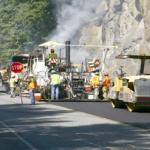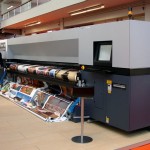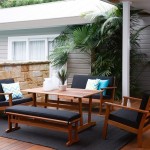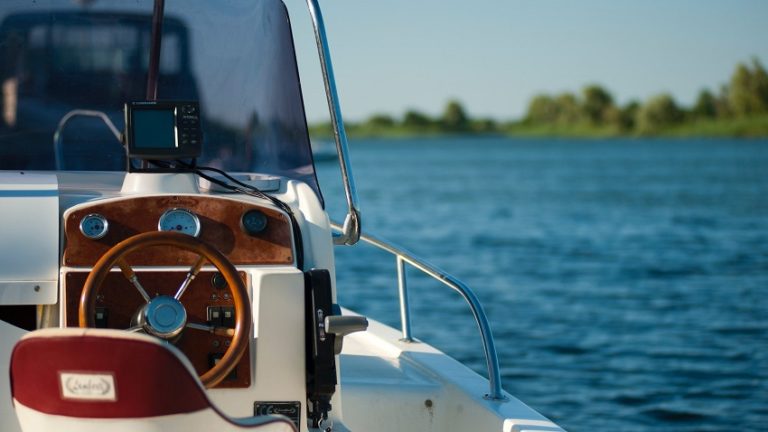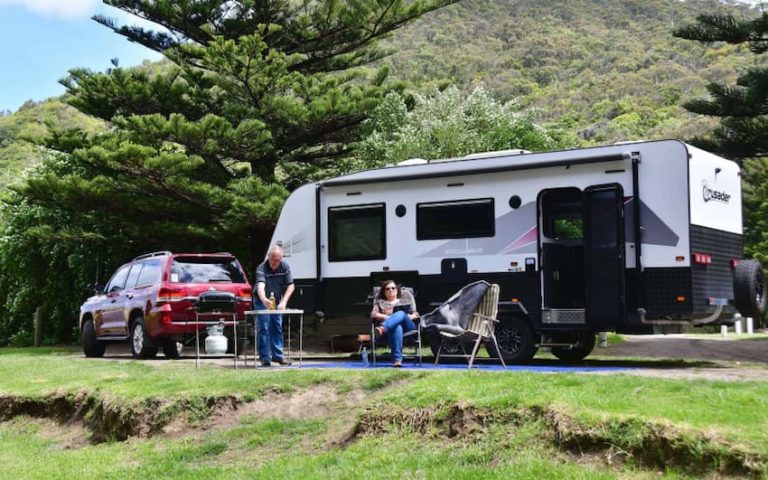Unlike fossil fuels which are being used more and will be difficult to obtain in the future, renewable energy sources are eco-friendly, won’t run out, can save us money in the long run, and are becoming more and more affordable.
Solar panels that use sunlight as a renewable source to generate electricity have been around for quite some time. We’re used to think of them as big, heavy, and expensive panels installed on rooftops, but their technology is constantly evolving. There are many benefits of off-the-grid solar systems that supply your entire house with all the electricity it needs, but what about using solar energy beyond your household?
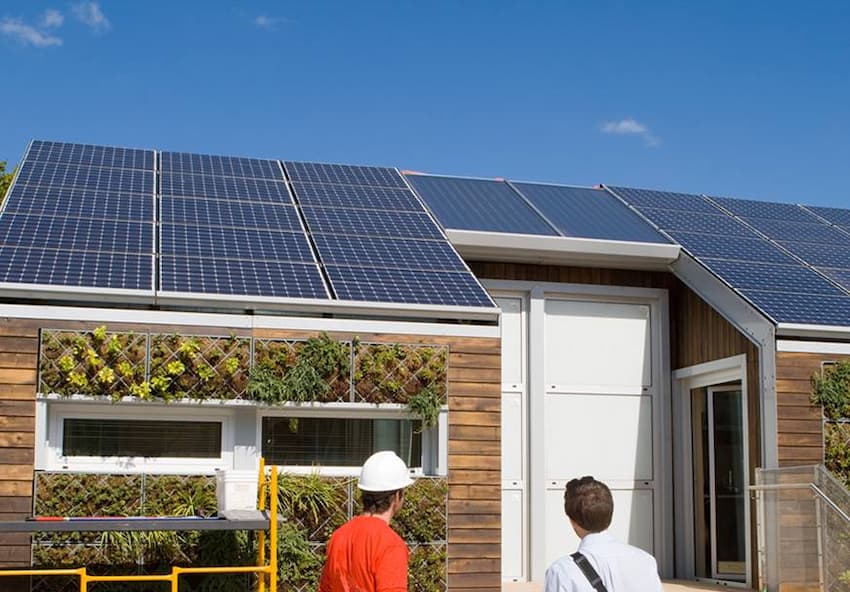
What Are Flexible Solar Panels?
Flexible solar panels are completely portable, much lighter, and thinner than conventional solar panels. They’re used for the conversion of sunlight into electricity and can be applied on roofs that can’t handle the weight of ordinary solar panels such as RVs, cars, boats, and cabins. So, if you love spending time outdoors but can’t leave the comfort of electricity behind, these kinds of thin flexible solar panels are an efficient way to get power on-the-go.
What to Know Before Buying?
The Solar Technology Used
These panels use the same photovoltaic technology as traditional solar panels. This technology generates electricity using solar cells to convert solar energy and produce direct electric power. The cells contain material for conducting electricity and they’re small and weak, so in order to produce more power they have to be organised together into bigger units called modules or panels. These solar panels are made in black or dark blue colours because they need to be able to absorb more light to produce more power.
Usually, efficient and mobile thin flexible solar panels are constructed of crystalline silicon cells or thin-film cells. Let’s explore them in more detail.
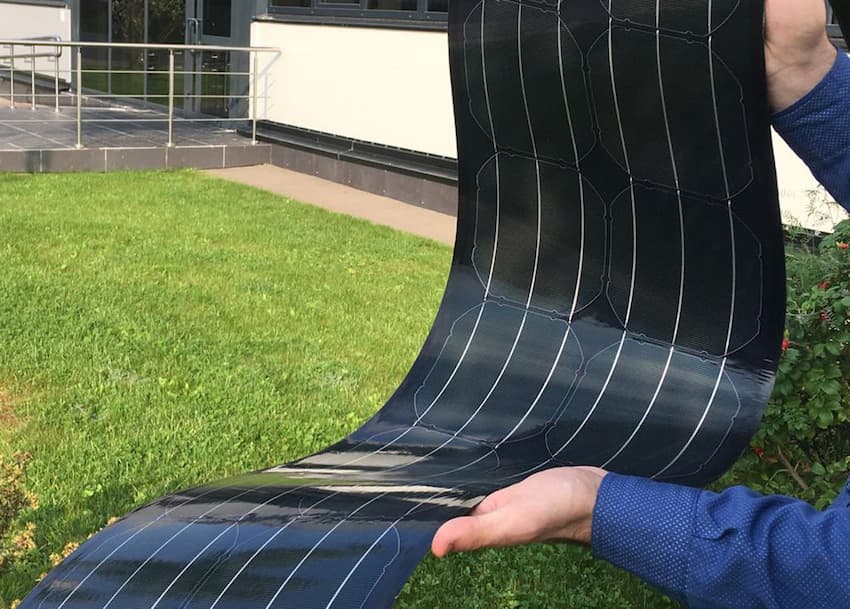
Crystalline Silicon PV cells
These cells are the most common ones because silicon is an abundant element found in sand. Conventional solar panels are made from crystalline silicon cells as well. Crystalline cells are long-lasting, very efficient, and can be either monocrystalline or multicrystalline cells. Monocrystalline is the purest type of cells whereas multicrystalline are made from raw silicon. This makes monocrystalline cells high-efficient, durable, and not affected by temperature, with slightly curved angles.
Multicrystalline cells, on the other hand, are square which makes them not so compact, they’re made with a cheaper process and aren’t as efficient and durable, but are low-priced. Both of these cells are cut wafers of silicon that in traditional panels are thick, but for the purpose of flexible solar panels are cut down to just a few micrometers. This turns them into flexible solar cells able to move up to a 30-degree angle while still keeping their ability to generate electricity.
For protection, these panels are put in the middle of plastic layers, as opposed to standard panels that are protected by glass layers that make them rigid and thick.
Thin-film Cells
These cells are the cheapest to produce. The photovoltaic material is printed on a surface which makes them much thinner and more flexible than crystalline cells. They can be made of different materials of which amorphous silicon has worked the best until now. However, they are less durable and not as efficient as monocrystalline cells. This doesn’t make them a very popular choice for solar systems, but there’s a lot of room for improvement.
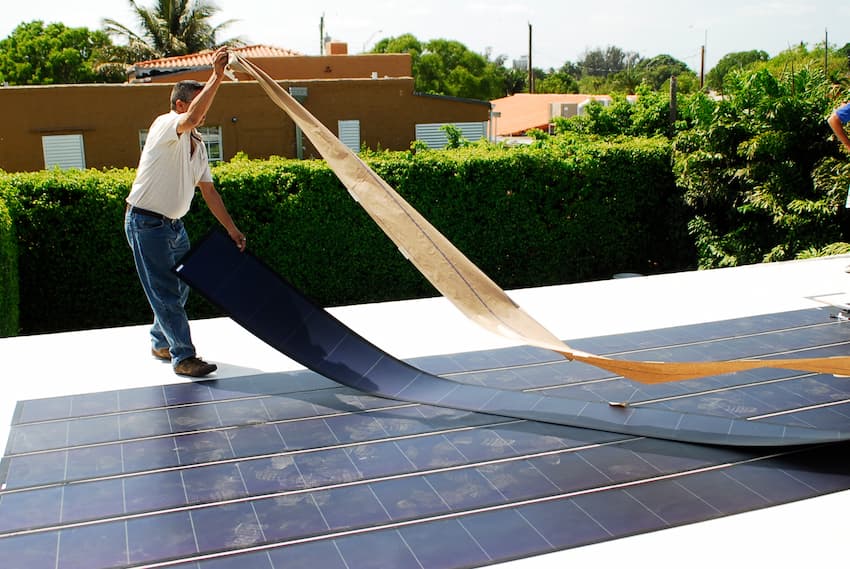
Power and Efficiency
This is the essential thing you should consider before buying thin flexible solar panels. Higher power or wattage means more solar cells and that more devices can be plugged in usually for a longer time. This, of course, determines the price of the panel. The smallest can start at 20 and something watts which would be enough to charge your battery, and they go up to 300W for boats and caravans. Efficiency is how much of the solar energy is being converted to usable energy. The best quality flexible panels offer up to 25% efficiency.
Durability
This would depend on the materials used for the building of the flexible solar panels. As mentioned, panels from monocrystalline are considered to have the longest lifespan although they’re the most expensive ones. The type of plastic used for protection against dust and corrosion plays an important part and ETFE plastic is the most durable one.
Advantages and Downsides
The main advantages of flexible solar panels are that they’re lightweight and have a versatile function. When we’re travelling, we need a portable power source because disconnecting completely doesn’t seem like an option anymore. We’re constantly with our smartphones, tablets, or cameras, and if not for pleasure, then for work definitely.
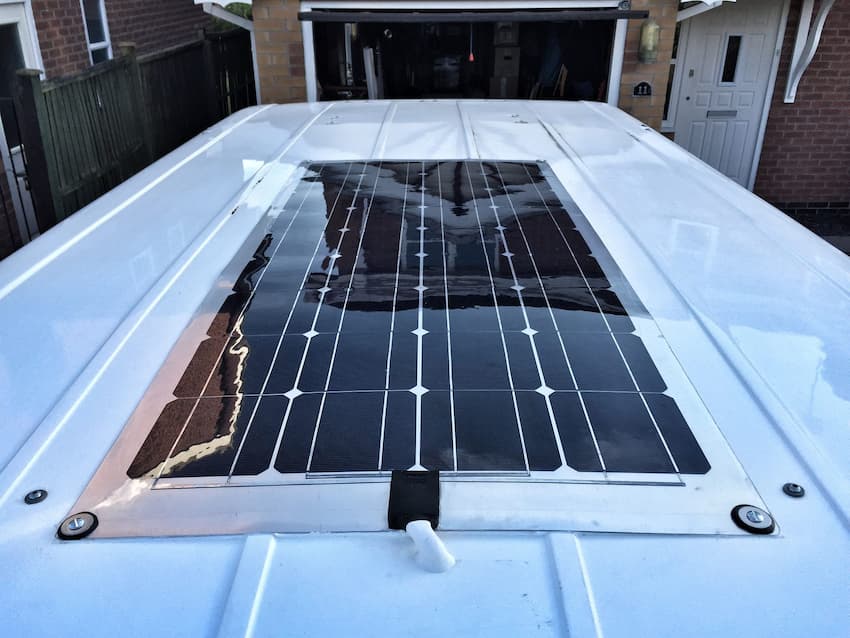
Flexible solar panels are some of the main accessories for an enjoyable camping experience for sure. They are more practical than a generator and can be easily mounted on a camper, tent, or RVs. This is because they come in many shapes and sizes, and they’re adaptable to the surface where they’re going to be installed. Later, their portability allows them to be removed and installed in another place. This applies to boats as well, and you should consider flexible solar panels marine for your next fishing or yachting trip for a complete unwinding with no worries.
These solar panels provide a great alternative for weaker roofs and cabins. If you don’t think that your roof can handle the load of a standard solar system, flexible solar panels are the most suitable and cheaper solution. Also, if you travel on a daily basis with your car, having an eco-friendly power source can come in handy.
Flexible panels reduce the cost of installation because they’re easy to mount by yourself and don’t require much effort. Typically, they come with a manual and a complete guide so you can install them anywhere you want with an adhesive for a more permanent position or metal grommets.
Several downsides would be that they’re less powerful than traditional solar systems, so you’ll need more panels and more space for the same amount of power. They are more easily damaged because of their thin structure and have shorter warranties. This is important, so when buying one you always want to look for a good warranty because longer warranties mean that the manufacturers believe in the quality of their product.



